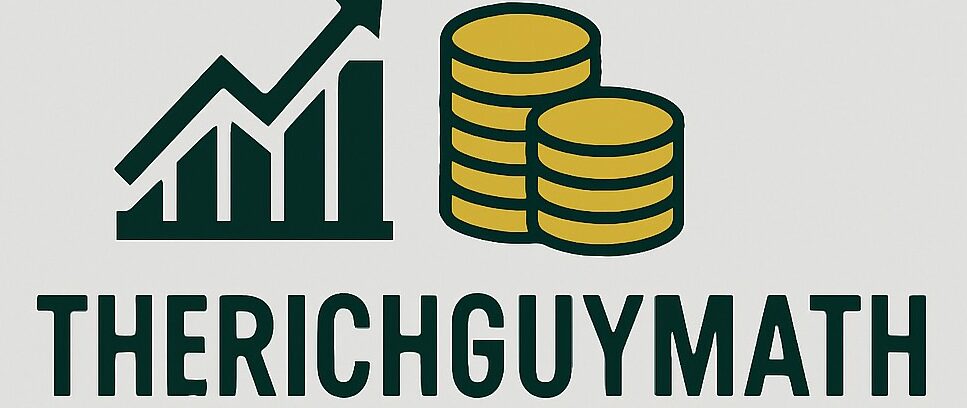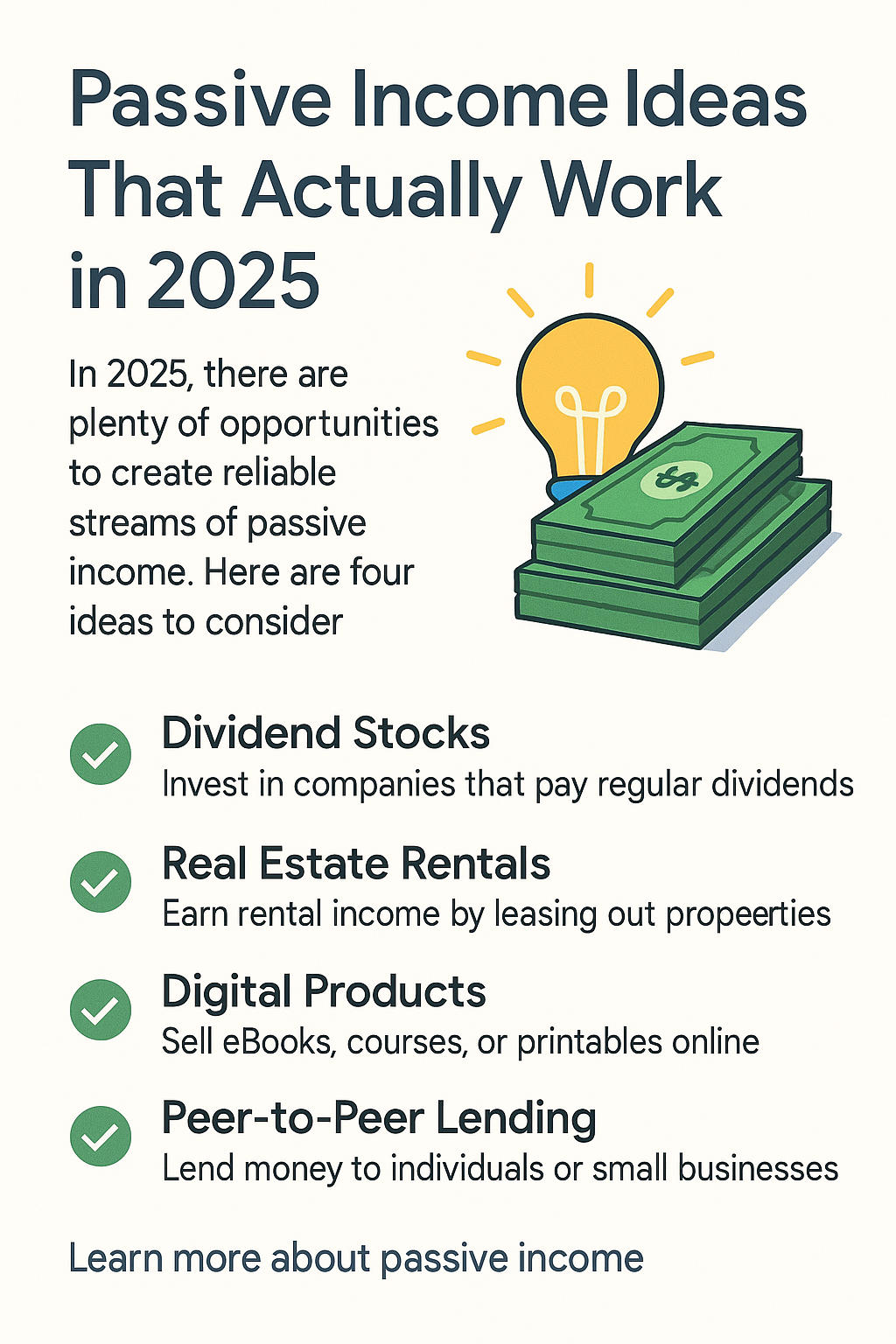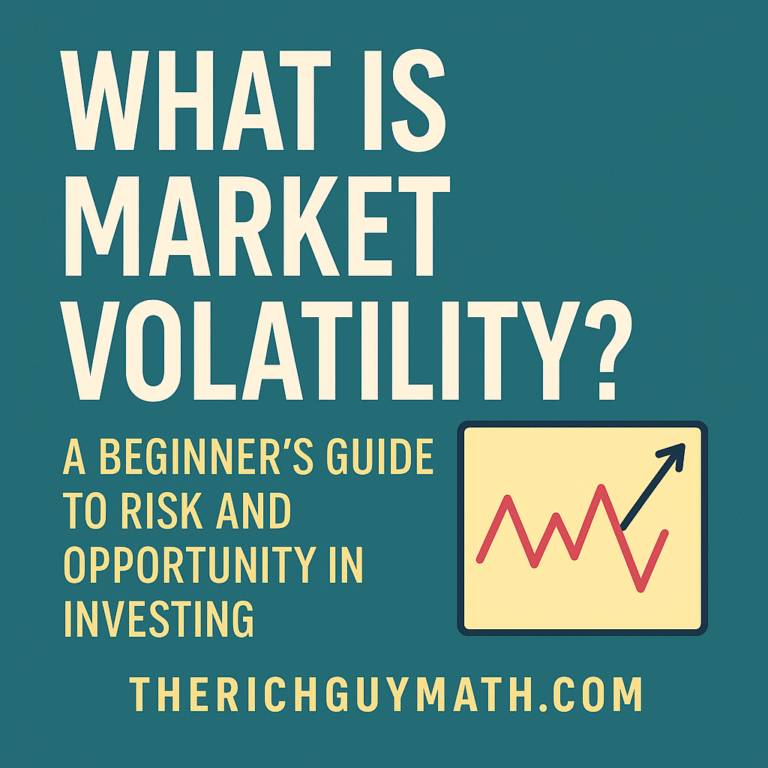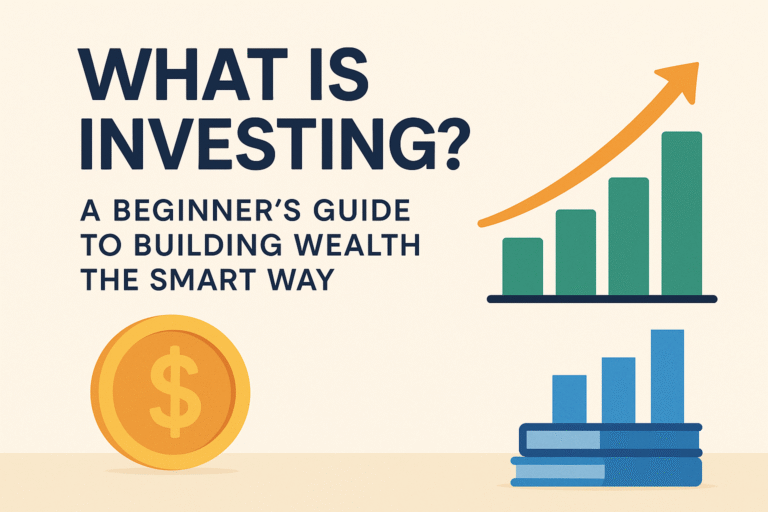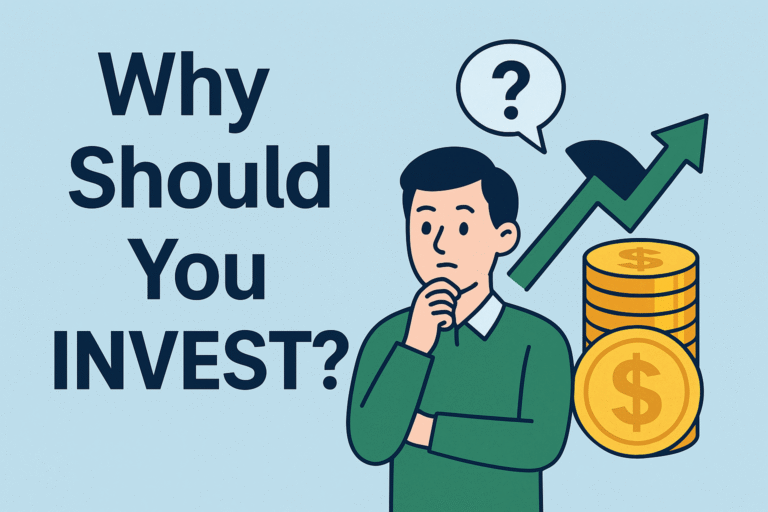Can You Really Start Investing with Just $100?
Yes — and 2025 makes it easier than ever.
Thanks to commission-free apps, fractional shares, and automated investing, that first $100 can be your launchpad to real wealth.
In this beginner’s guide, you’ll learn exactly how to invest your first $100, where to put it, and how to avoid common beginner mistakes — even if you’ve never bought a single stock before.
Why Starting with $100 Is Smarter Than Waiting
Many people delay investing because they think they need thousands. But here’s what makes $100 powerful:
- Compound interest turns small amounts into serious money over time.
- Fractional investing lets you buy stocks like Apple or Google without needing the full share price.
- Time in the market beats trying to time the market.
Starting small is better than not starting at all.
Step-by-Step: How to Invest Your First $100
✅ 1. Open a Brokerage Account
Choose a platform with:
- $0 account minimums
- Fractional share buying
- A user-friendly mobile app
Top picks for beginners in 2025:
- 🟢 Robinhood – beginner-friendly, quick setup
- 🟢 Fidelity – strong features + cash bonuses
- 🟢 Charles Schwab – long-term investor tools
Want tax-free growth? Consider opening a Roth IRA if investing for retirement.
2. Choose Your Investment Strategy
You don’t need to be a market expert. Just choose a simple, diversified approach:
A: ETF-Only (Low-Risk)
- Invest $100 into VOO (S&P 500 ETF) or VTI (Total US Market)
- Broad diversification, low fees, steady growth
B: Growth Stocks (Medium Risk)
- $50 in Apple (AAPL)
- $50 in Microsoft (MSFT)
Tech-focused and long-term growth potential
C: Dividend Income (Steady + Passive)
- $100 in SCHD or JEPI
Pays regular dividends + long-term appreciation
3. 3. Set Up Automatic Contributions
Start small: $10–$25 weekly or $100 monthly.
Auto-investing removes emotion and builds wealth silently.
🔄 Benefits of automation:
- Consistency without thinking
- Triggers compound growth
- Removes market timing stress
Common Investing Mistakes to Avoid
- ❌ Chasing hype or meme stocks
- ❌ Day trading with zero experience
- ❌ Ignoring research or fundamentals
- ❌ Waiting too long to get started
What $100/Month Could Grow Into
Here’s how consistent investing compounds over time (assuming a 7% average return):
| Years | Monthly Investment | Total Invested | Estimated Value |
|---|---|---|---|
| 5 | $100 | $6,000 | $7,200+ |
| 10 | $100 | $12,000 | $17,000+ |
| 20 | $100 | $24,000 | $50,000+ |
⏳ Time in the market is your greatest asset.
Final Thoughts: Start Small, Think Big
You don’t need to be rich to invest — but you do need to start.
With $100, the right tools, and consistent effort, you’re building habits that can grow a six-figure portfolio.
“Start where you are. Use what you have. Do what you can.”
Related Posts You’ll Love
- ETFs vs. Individual Stocks: Which Is Better for Beginners?
- How to Earn Passive Income with Dividends
- Smart Investing Habits to Build Wealth in 2025
About The Rich Guy Math
At TheRichGuyMath.com, we break down wealth-building strategies in simple math, showing everyday people how to grow money the smart way.
Yes. Thanks to fractional shares and commission-free platforms, you can start investing with as little as $100. It’s a smart way to begin building long-term wealth, especially if you stay consistent.
The best way is to invest in low-cost ETFs or blue-chip stocks through a trusted brokerage. Options like VTI, VOO, or dividend ETFs like SCHD and JEPI are great for beginners looking for growth or passive income.
For simplicity, you can invest all $100 at once. But setting up recurring contributions (even $10/week) helps build a long-term habit and smooths out market volatility.
